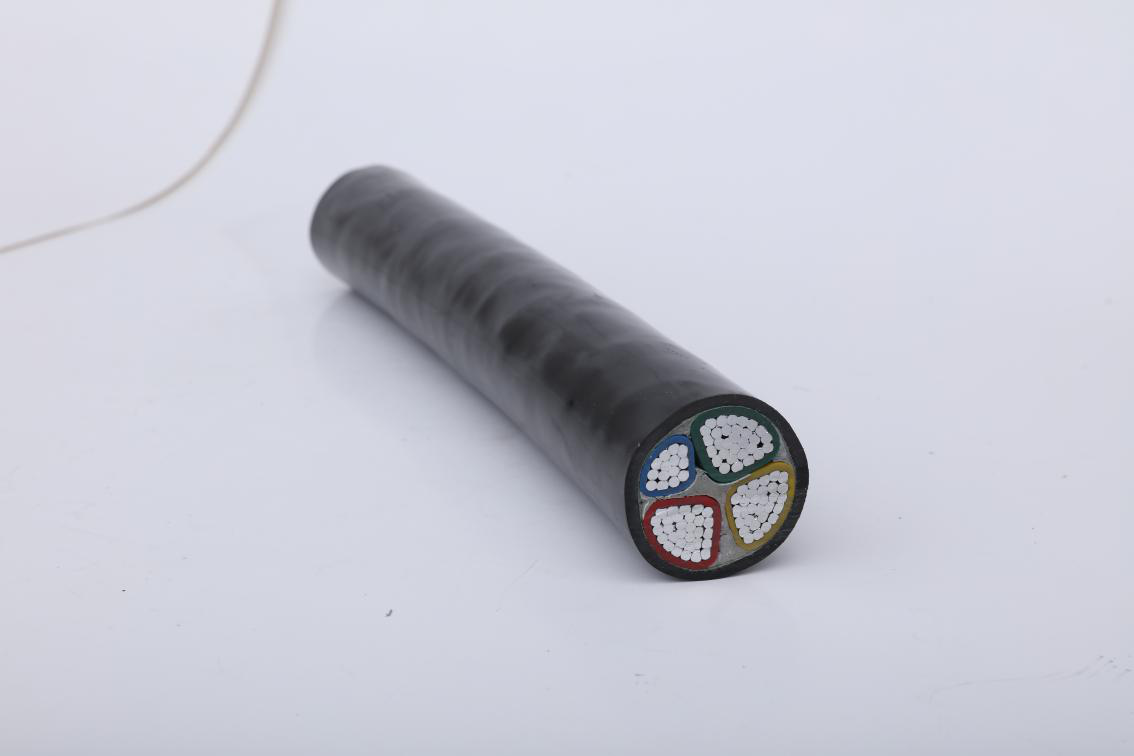
Aluminum alloy as a conductor is a cable alternative conductor material, which has been extensively studied since the 1960s and 1970s due to the high rate of copper price increase.
1 Creep Resistance
The alloy material and annealing process of aluminum conductors reduces the tendency of conductors to "creep" when subjected to heat and pressure.
Compared to pure aluminum, creep resistance is increased by 300%, avoiding the relaxation problems caused by cold flow or creep.
2 Tensile strength and elongation
Compared with pure aluminum conductors, aluminum alloy conductors, due to the addition of special ingredients and the use of special processing technology, greatly improved the tensile strength, and elongation increased to 30%, the use safer and more reliable.
3 Coefficient of thermal expansion
The coefficient of thermal expansion is used to calculate the dimensional change of a material during a change in temperature.
The coefficient of thermal expansion of aluminum alloys is comparable to that of copper. Aluminum connectors have been used reliably for many years for both copper and aluminum conductors, and most electrical connectors in use today are made of aluminum, which is particularly suitable for aluminum alloys.
Therefore, aluminum alloy conductors expand and contract exactly the same as the connectors.
4 Connection performance
Electrical connections made with aluminum alloys are as safe and stable as those made with copper conductors.
The composition of the aluminum alloy greatly improves its connection performance, and when the conductor is annealed, the added iron produces a high-strength creep resistance that ensures a stable connection even during long periods of overload and overheating.
5 Strong self-weight carrying capacity
Aluminum alloy improves the tensile strength of pure aluminum, aluminum alloy cable can support 4000 meters length of self-weight, and copper cable can only support 2750 meters.
This advantage is particularly prominent in the wiring of large-span buildings (such as stadiums).
6 Corrosion resistance
The inherent corrosion resistance of aluminum is due to the formation of a thin and strong oxide layer when the aluminum surface is in contact with air, which is particularly resistant to various forms of corrosion.
The rare earth elements added to the alloy can further improve the corrosion resistance of aluminum alloy, especially electrochemical corrosion.
The main aluminum alloys used as conductors are mainly AA1000 series, i.e. pure aluminum, AA6000, and AA8000 series conductors.
In North America, AA8000Al-Mg-Cu-Fe (aluminum-magnesium-copper-iron alloy) series are only used in the following areas of the low-voltage distribution network field, but not in Europe.
European countries basically use cable solutions with copper core and pure aluminum.
European countries do not use the technical route of aluminum alloy cables mainly due to the following aspects:
Copper and aluminum are very different in terms of electrical and mechanical properties.
Aluminum alloy wire is similar to pure aluminum in terms of electrical conductivity and resistivity, so the electrical performance of copper cable can only be achieved by using a cross-sectional increase of 1.6 times to copper cable.
This means that the aluminum alloy cable has the basic performance in both cables, i.e. conductivity and resistivity, which is the first reason why European countries do not choose aluminum alloy cable.
An in-depth comparison was carried out by G.P. Hammond and C.I. Jones of the University of Bath, UK [5].
An in-depth comparative study of the energy consumption involved in the production and use of different raw materials used in power grids was carried out.
The conclusions showed that aluminum and aluminum alloy cables consume more energy than copper cables during their production and use.
A comparative study was conducted on the carbon dioxide emissions of different raw materials in the production and use process.
The carbon dioxide emissions of metallic aluminum are twice as high as those of copper.
The price of aluminum is much lower than the price of copper, which makes aluminum alloy cables also have a price advantage, bringing profit margins for cable companies.
However, after comparing the life-cycle costs of aluminum alloy cables and copper in European countries, it was found that there is no significant advantage of aluminum alloy cables compared to copper cables.
Typically, power cables can last 35 to 50 years.